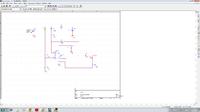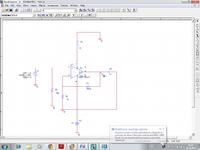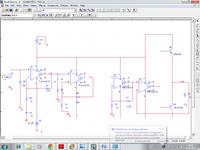stelistul
Newbie level 4

I'm student at electronics in second year and I have to do a project in orcad-an audio amplifier with input voltage 100uV, power 17W, 36k input resistance and load resistance 16 ohm.I tried several schemes but none went probably order that the input voltage is so low.Please can someone help me with a circuit and some pointers for a beginner?Thanks!







